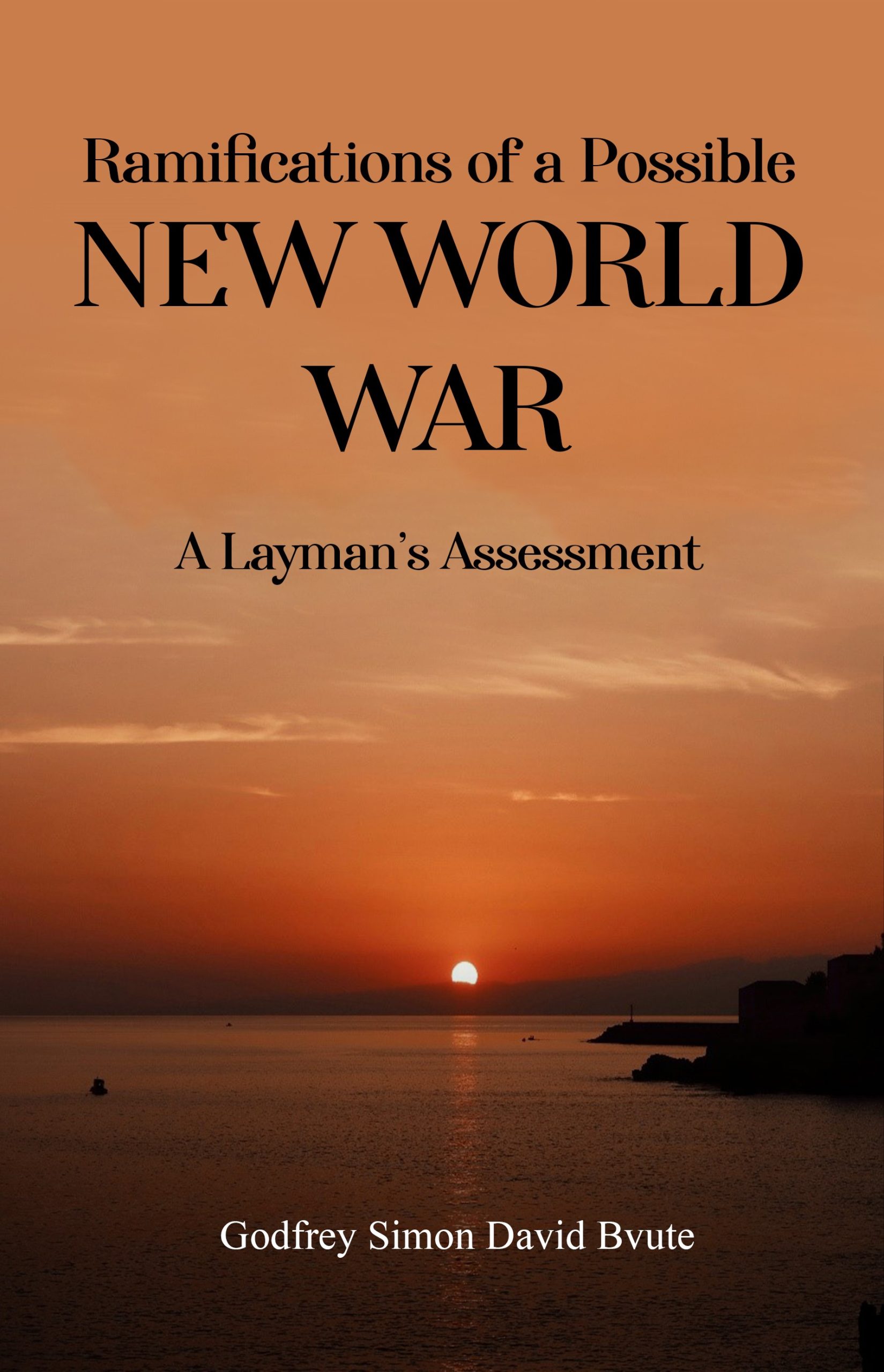The headlines today might seem like déjà vu: military build-ups, ideological rhetoric, and superpowers jockeying for dominance. But as Ramifications of a Possible New World War: A Layman’s Assessment by Godfrey Simon David Bvute makes abundantly clear, this is not coincidence. The East-West divide has deep roots, and its unresolved tensions continue to shape our world—and threaten our future.

From Medieval Clashes to Modern Confrontations
Bvute traces East-West hostilities back centuries. Long before NATO and the Warsaw Pact, Russia clashed with Western powers—militarily, politically, and ideologically. From the early raids by German knights and Swedes on medieval Russia, through Napoleon’s 1812 invasion, and the Crimean War of 1853–56, Europe has long treated Russia as a rival or threat.
The 20th century only magnified these divisions. In World War I, Russia fought as an ally to Western powers, but internal collapse led to the 1917 Bolshevik Revolution, birthing the USSR and its communist ideology. That marked the beginning of a new, more ideological East-West divide—one that would define global politics for the next hundred years.
The Cold War and the Fault Lines It Left Behind
Following World War II, hostilities intensified as the world was carved into two ideological camps. NATO and the Warsaw Pact became military reflections of a deeper rift—capitalism vs. communism, democracy vs. authoritarianism, West vs. East.
Bvute carefully documents how the Cold War was not just a battle of weapons but of worldviews. The Yalta and Potsdam Conferences defined spheres of influence. The Cuban Missile Crisis, proxy wars, and nuclear arms race reinforced mutual suspicion.
Though the Cold War ended with the USSR’s collapse in 1991, Bvute warns against seeing this as a clean break. The dissolution of the Soviet bloc left unhealed wounds and unanswered questions about security, power, and influence.
NATO’s Expansion: A Return to Old Patterns?
Why does history matter now? Because as Bvute argues, today’s Ukraine crisis is a product of unaddressed Cold War dynamics. NATO’s eastward expansion after 1991—right up to Russia’s borders—revived old fears in Moscow. Attempts by Russia to join NATO in 1997 were rebuffed, and “gentleman’s agreements” about non-expansion were dismissed.
The result is a renewed confrontation. Once again, the world is polarizing. The ideological justifications may sound different, but the strategic motivations—power, control, influence—remain eerily familiar.
Why It Still Matters
Bvute’s assessment is not just about who’s right or wrong—it’s a call for awareness. East-West hostilities are no longer regional affairs. With the specter of nuclear weapons, intercontinental missiles, and globalized economies, any conflict between superpowers today would have catastrophic global consequences.
The patterns of history—ignored, misunderstood, or weaponized—can lead us blindly into disaster. As Bvute insists, learning from history is not optional. It’s essential.
Final Thought
A Brief History of East-West Hostilities isn’t just about the past. It’s about understanding the present and safeguarding the future. Ramifications of a Possible New World War offers readers a powerful framework for recognizing the dangers of repeating historical patterns. For anyone seeking clarity in a chaotic world, this book is a must-read.